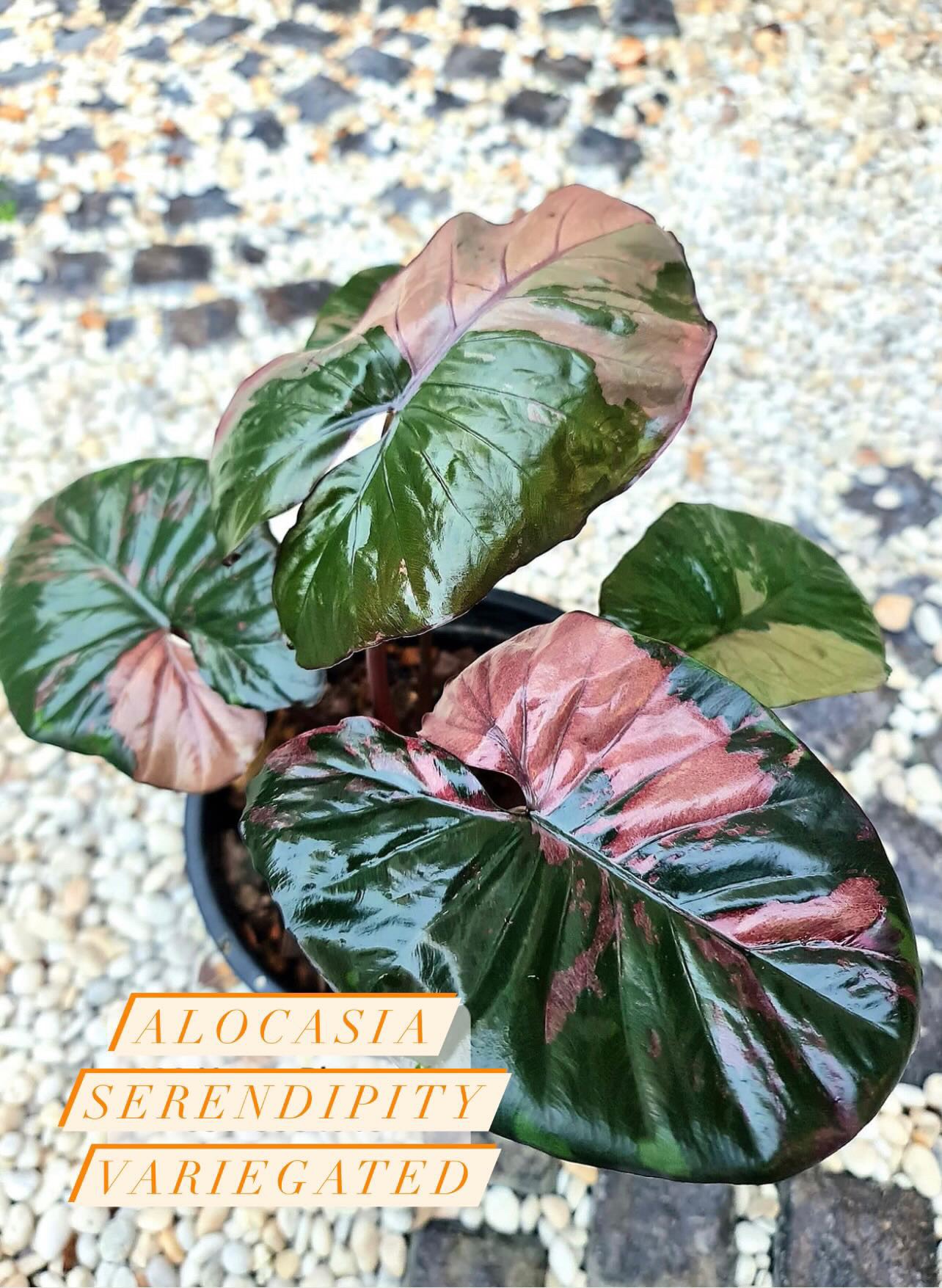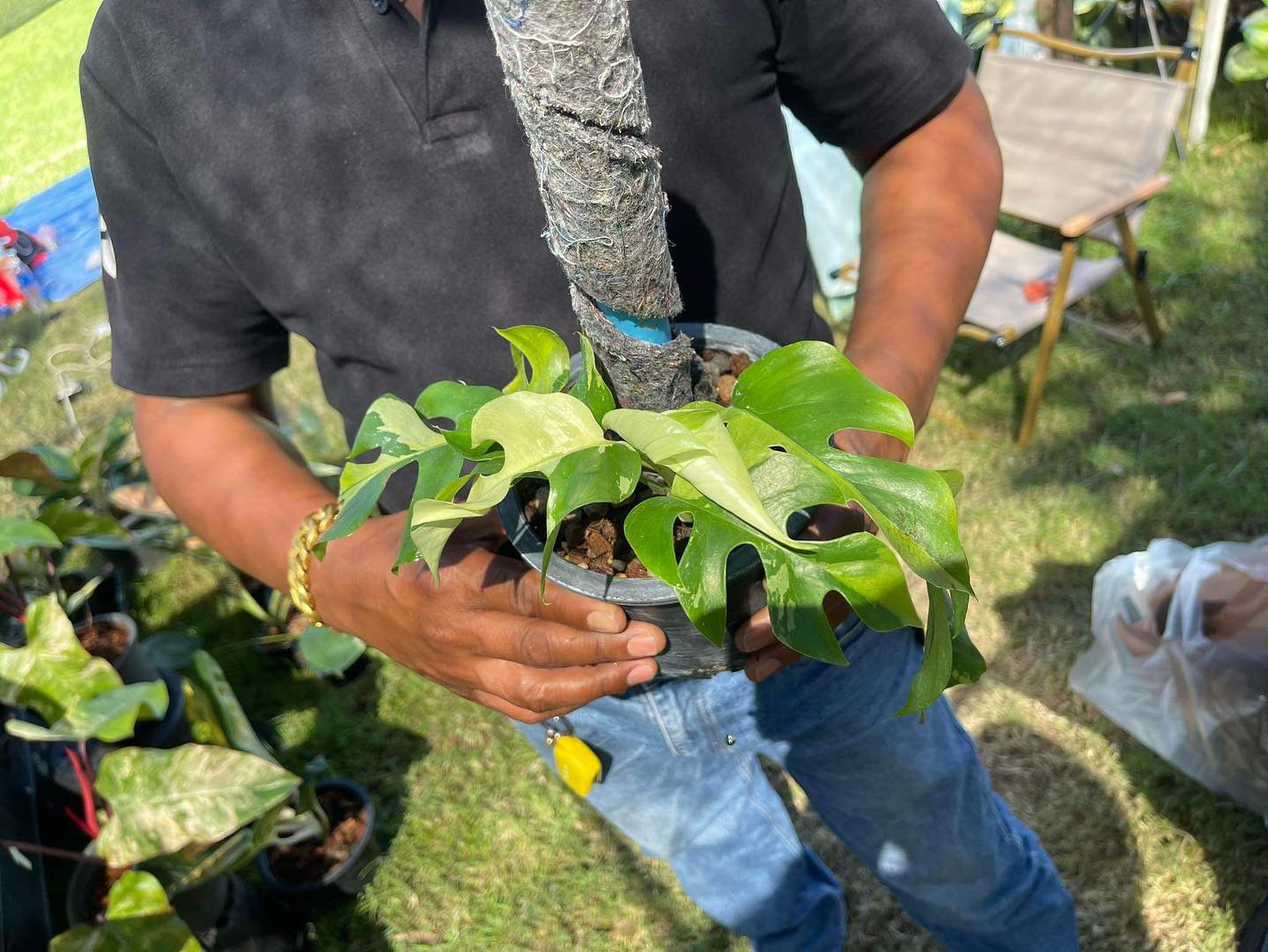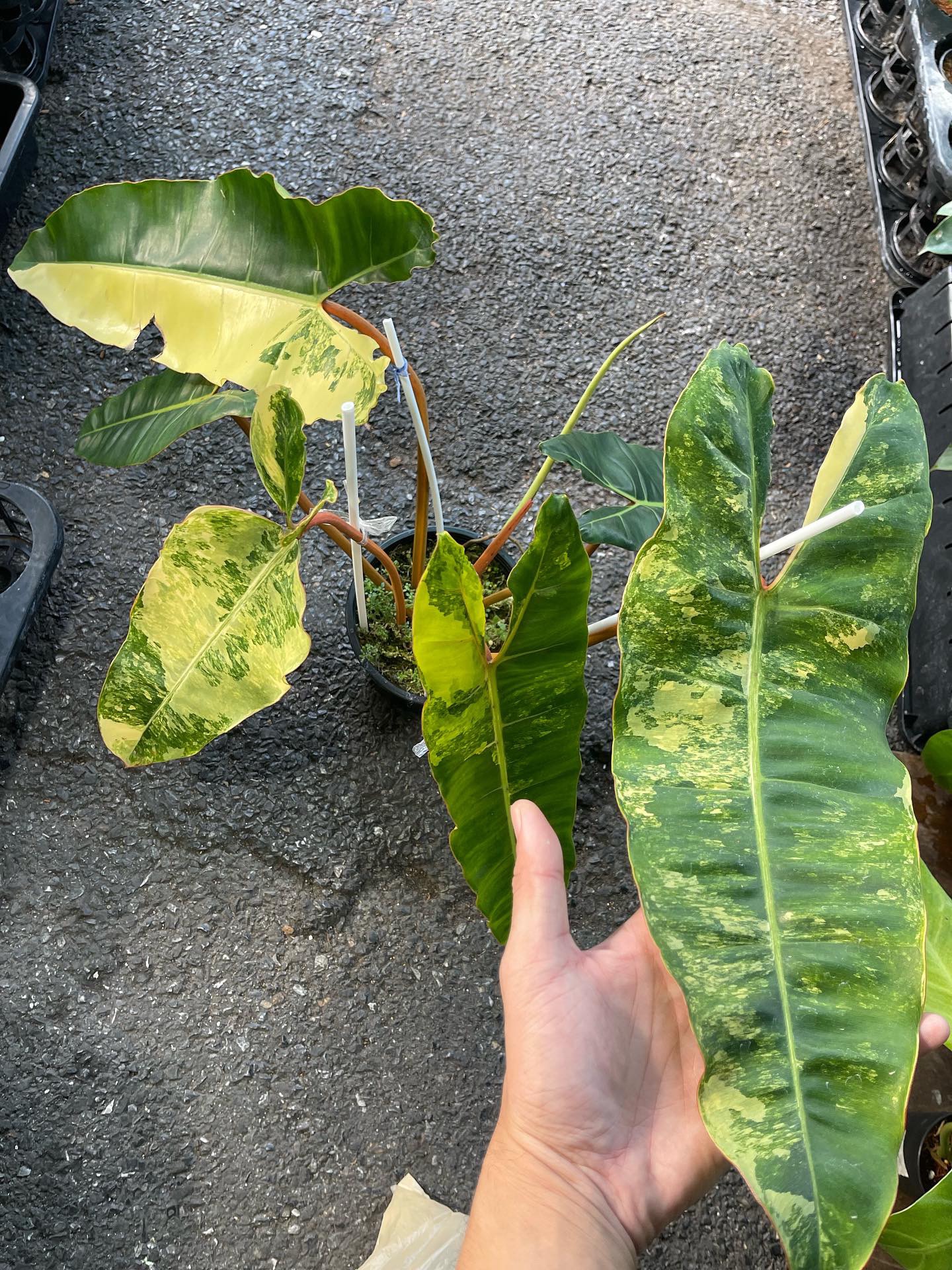Variegation in plants refers to the occurrence of differently colored areas on the leaves, stems, or flowers. There are several causes of variegation in plants, both natural and artificial. Understanding what makes plants variegated can help gardeners care for these uniquely patterned plants.

Chlorophyll Deficiency
Chlorophyll is the green pigment in plants that allows them to convert sunlight into energy through photosynthesis. A lack of chlorophyll in some areas of the plant tissue leads to variegation. There are a few reasons why plants can be chlorophyll-deficient:
Genetic Mutations
Some plants have genetic mutations that prevent them from properly producing chlorophyll. These mutations cause the white or yellow variegated patterns. Examples include many variegated cultivars of common houseplants like pothos, peace lily, and croton. The variegation is consistent as the plants grow because it is programmed in their DNA.
Viruses
Viral plant diseases can sometimes interfere with a plant’s ability to manufacture chlorophyll. For example, the tobacco mosaic virus causes light green and yellow mottling on the leaves of infected plants. Virus-induced variegation tends to be irregular compared to the stable patterns from genetic variegation.
Mineral Deficiencies
Lack of minerals like nitrogen, magnesium, and iron can starve plants of the nutrients they need to form chlorophyll molecules. This nutrient deficiency shows up first in the leaves as yellowish or white sections. Providing fertilizer with micronutrients usually greens up the foliage over time.

Anthocyanins Pigmentation
The red, purple, pink, orange, and bronze colorations in variegated plants come from pigments called anthocyanins. These water-soluble plant compounds act as a sunscreen against intense light. They also deter insects with their bitter taste. Common anthocyanin-producing plants include:
Coleus
The commonly cultivated coleus plants are prized for their wide range of colored leaf patterns. The colors come from which anthocyanins are present and the underlying pH of the plant tissues. Growers can influence these colors by adjusting soil pH.
Japanese Maples
Japanese maple trees display vivid red and orange autumn foliage. These warm colors come from anthocyanins that protect the leaf cells as photosynthesis slows for the season. Some Japanese maple varieties have lace-like leaves variegated in red and green.
Corn Plants
The corn plant, also known as Dracaena, features narrow bands of dark red pigment along the outer edges of the leaves. These vibrant stripes occur naturally in this tropical plant. The red anthocyanins may help protect the leaf margins from oxidative damage by the sun.

List of the most sought after Rare Variegated Plants in 2023
Chimeras
Chimera variegation happens when a plant mutates to produce more than one type of tissue in different parts of the same leaf. This causes highly irregular color patterns like concentric circles. It occurs commonly in houseplants of the Aphelandra, Fittonia, and Calathea genera.
How Chimeras Form
Chimeras start when a lump of embryonic plant tissue somehow gets fused to the rest of the developing embryo. As the fused cell groups divide and grow into leaves, their differing pigments are expressed in patches side-by-side. This explains the mosaic or mosaic-like appearance.
Stability in Propagation
Chimera plant variegation can breakdown over time or disappear entirely as the plant ages and grows. It may also not carry over evenly when propagating from cuttings or divisions. This tendency makes chimera variants somewhat unstable for ornamental horticulture.

Environmental Stresses
While some types of variegation have genetic origins, the environment also plays a role modifying leaf pigments. Factors like light exposure, minerals, water, air circulation, and temperature fluctuations can all impact chlorophyll and anthocyanins.
High Light Conditions
Strong light encourages red, purple, or bronzed pigments to develop in many plants. Exposure to full sun often brings out the brightest coloration compared to shade. Variegation from high light usually appears on the side of the leaf facing the sun.
Cool Nights
Fluctuating daytime and nighttime temperatures spur certain plants to produce vivid leaf hues. Bright pink or red colors frequently develop after a sunny day followed by a cool night. Common examples include Japanese maple, nandina, and some flowering kales and cabbages.
Conclusion
The variegated forms of plants arise through different mechanisms. Leaf color variations may come built-in from genetics and plant viruses. Environmental stresses like light and nutrients also play a role modifying pigments. Understanding the diverse causes of variegation can help gardeners select and care for these uniquely patterned, and often quite showy, plant specimens.
FAQ
- What is plant variegation?
- Plant variegation refers to the presence of two or more different colors or shades in the leaves or other plant parts. It creates unique patterns and adds aesthetic appeal to plants.
- What causes variegation in plants?
- Variegation in plants can be caused by a variety of factors, including genetic mutations, environmental conditions, and viral infections. Genetic mutations are the most common reason for variegation.
- Are all variegated plants genetically modified?
- No, not all variegated plants are genetically modified. Many variegated plants occur naturally due to genetic mutations. However, some variegated plants are intentionally bred or modified for their unique color patterns.
- Can variegated plants revert to their original green form?
- Yes, variegated plants can revert to their original green form under certain conditions. This is often a result of the green, non-variegated parts of the plant outcompeting the variegated parts for resources like sunlight.
- How do I care for variegated plants?
- Variegated plants may have different care requirements than their non-variegated counterparts. They often require bright, indirect light and well-draining soil. Proper watering and occasional pruning to remove non-variegated growth can help maintain their unique appearance.

